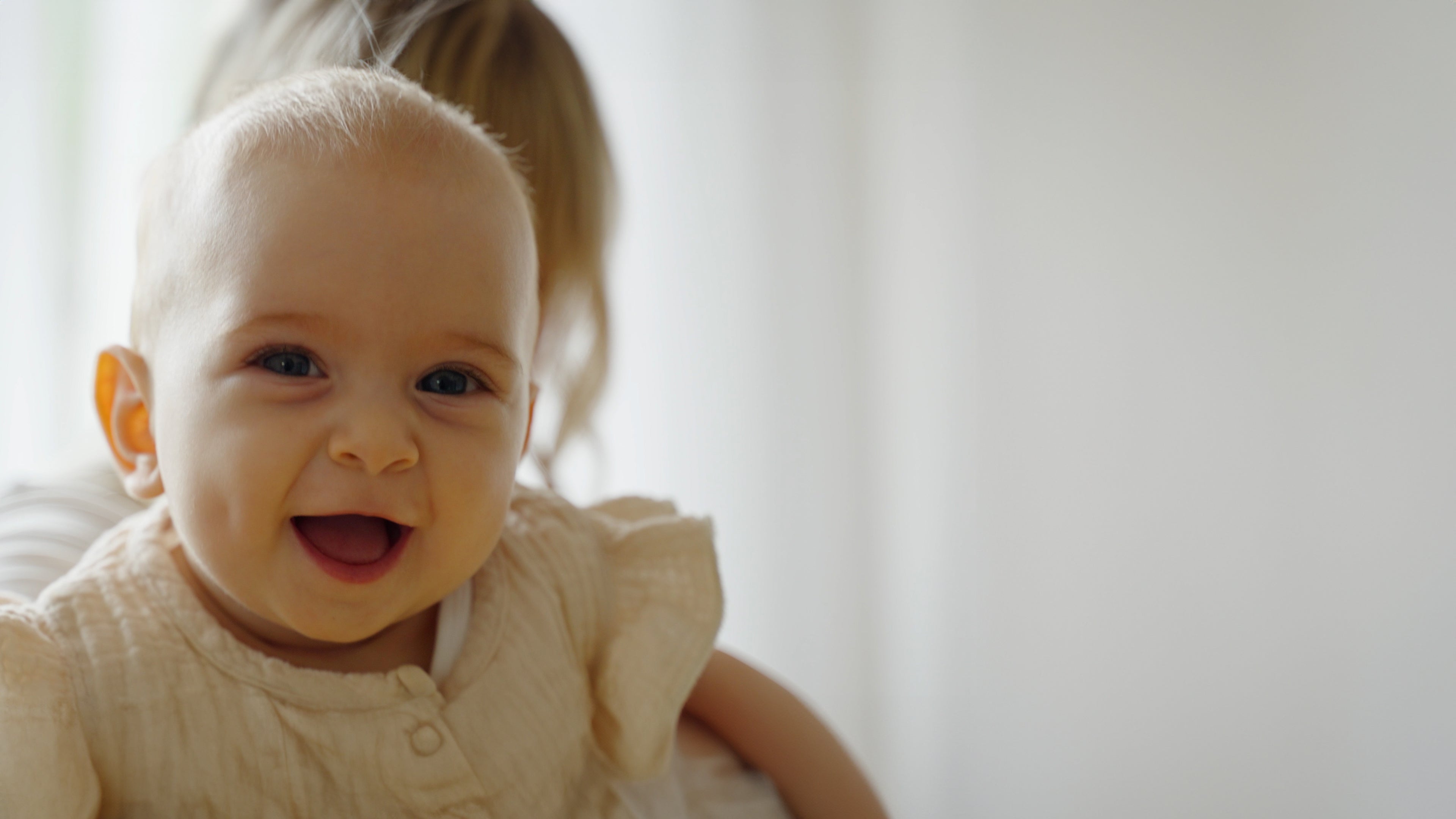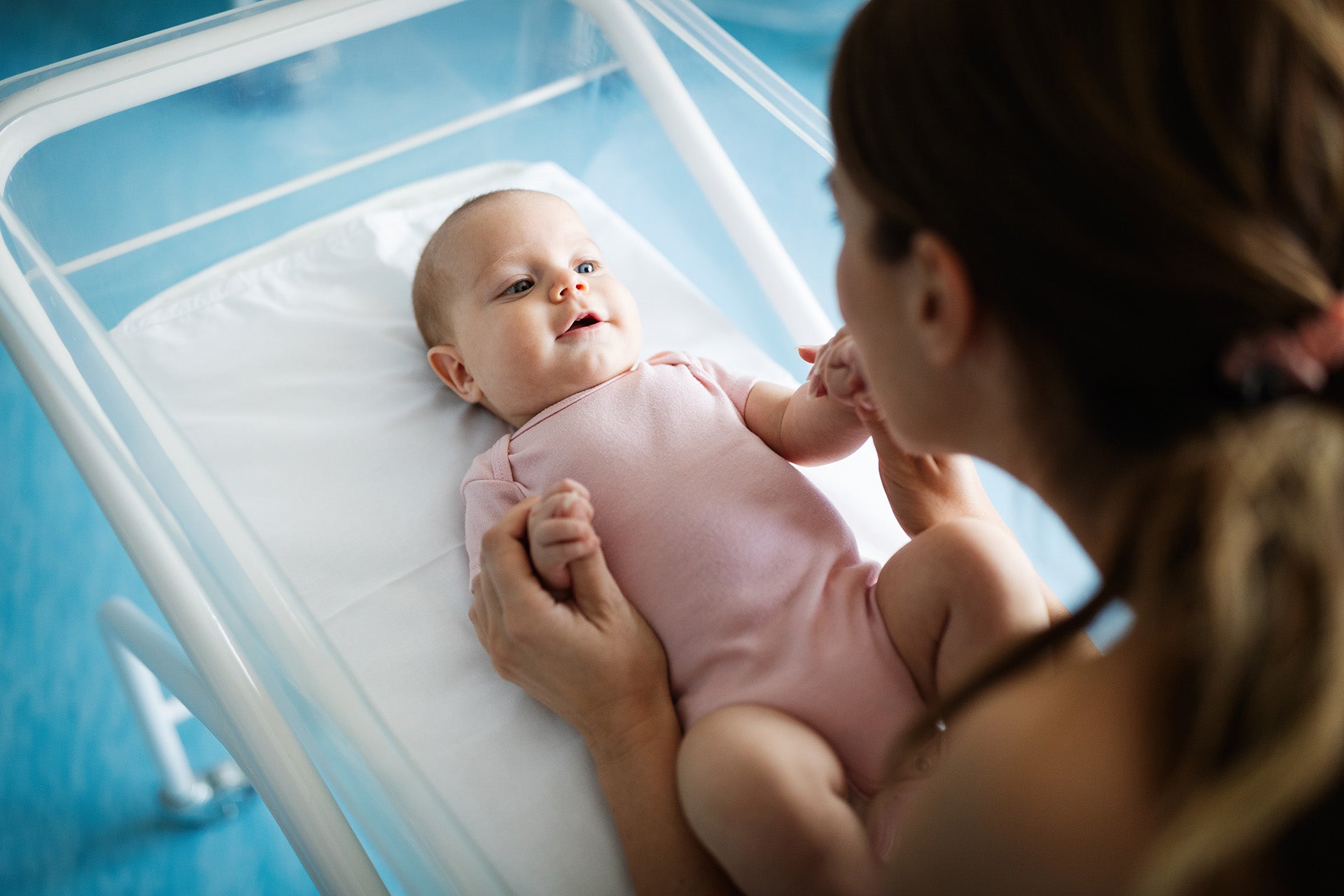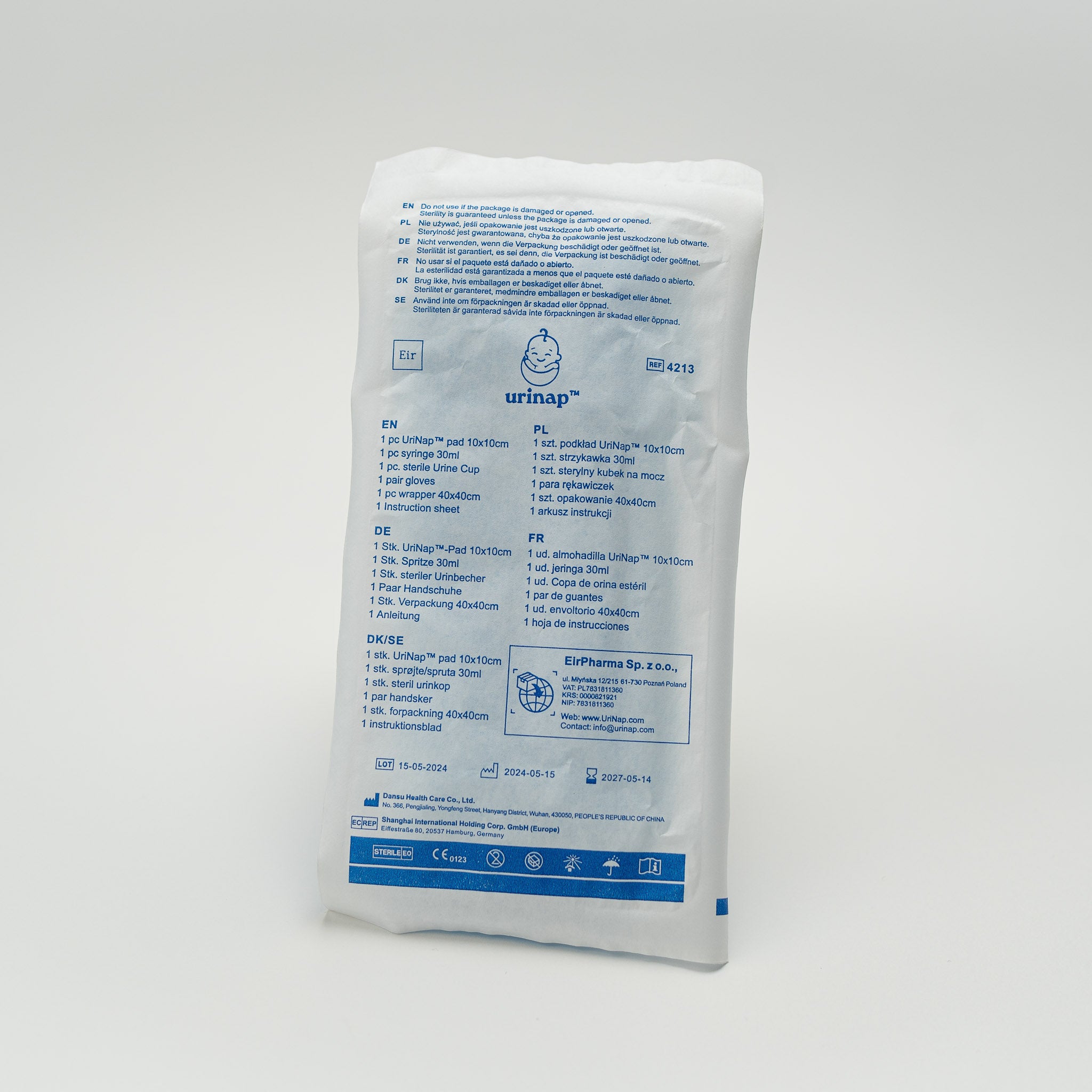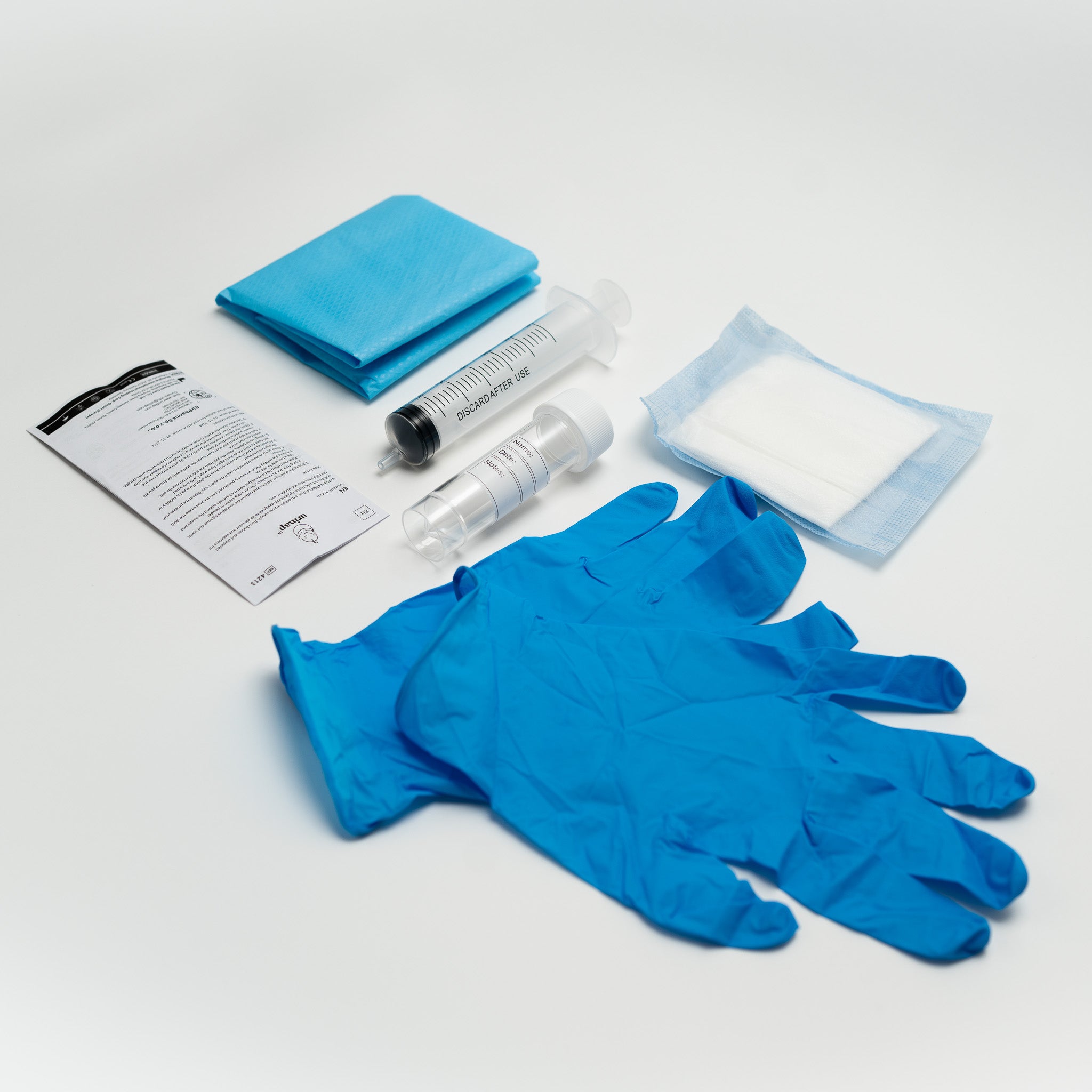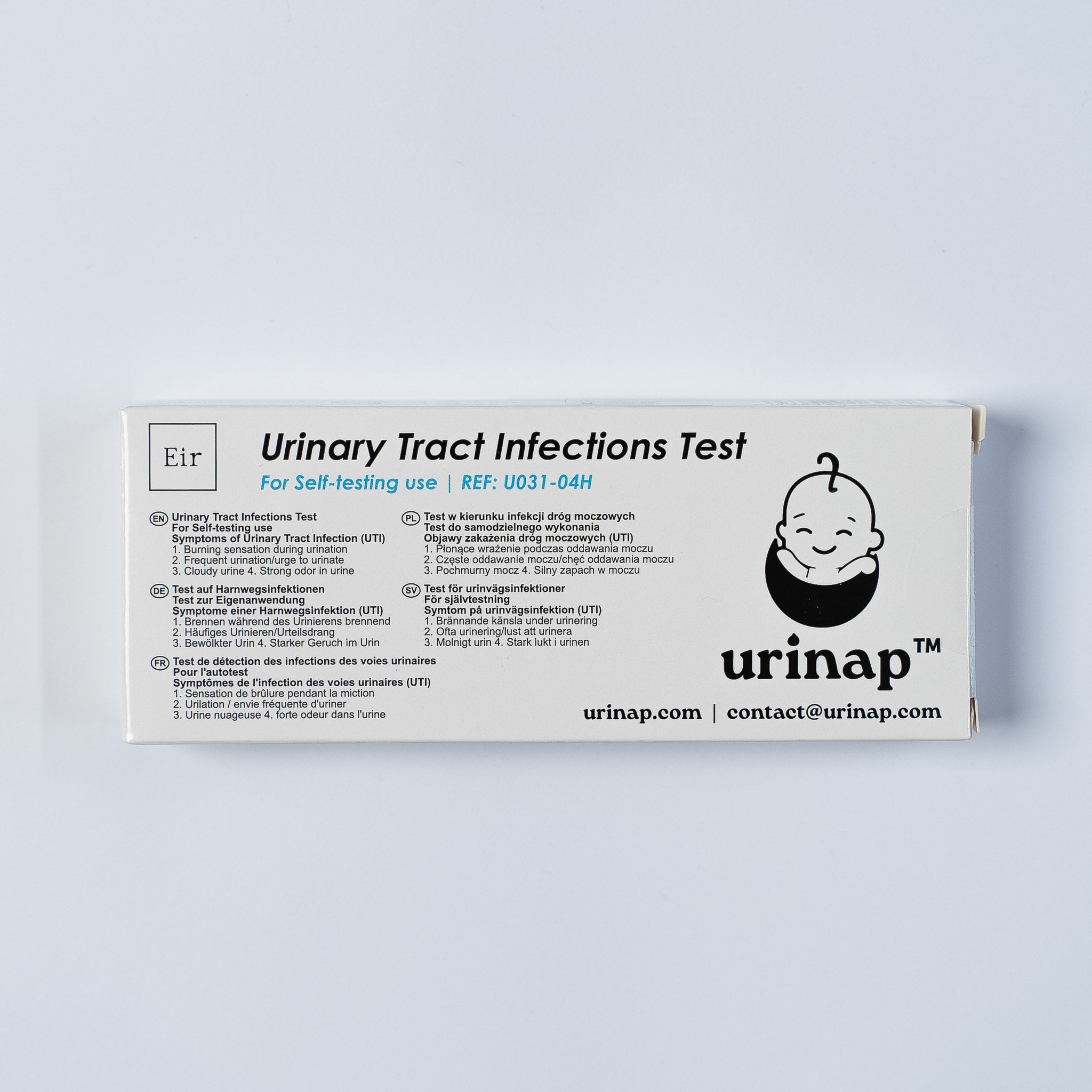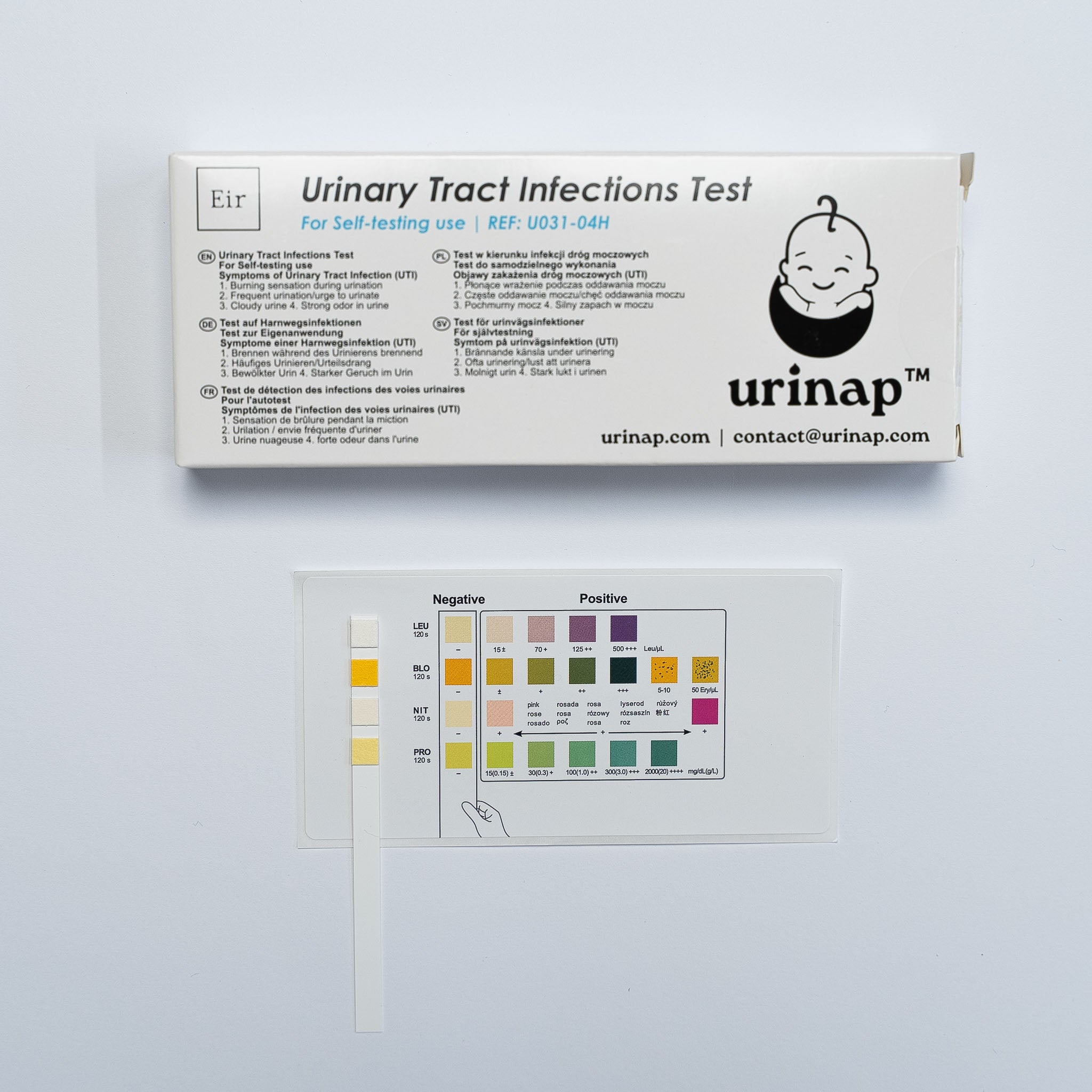TLDR (Too Long; Didn't Read Version):
- UTIs in infants are common and can be serious if left untreated.
- Key symptoms include fever, irritability, changes in urination patterns, and strong-smelling urine.
- Seek medical attention if your baby has a high fever, severe pain, blood in urine, or appears very unwell.
- Diagnosis involves urine tests; innovative solutions like Urinap can make urine collection easier.
- Treatment typically includes antibiotics and increased fluid intake.
- Prevention strategies include proper hygiene, regular diaper changes, and avoiding irritants.
- Most UTIs clear up with treatment, but recurrent infections may require further investigation.
---
Urinary Tract Infections (UTIs) are a common health concern for infants and young children. As a parent, recognizing the signs and symptoms of a UTI in your baby can be crucial for early detection and treatment. In this comprehensive guide, we'll explore everything you need to know about UTIs in infants, from common causes to treatment options and prevention strategies.
What is a UTI?
A Urinary Tract Infection occurs when bacteria enter and multiply in any part of the urinary system, which includes the kidneys, ureters, bladder, and urethra. In infants, these infections are often more serious than in adults because they can affect the kidneys more easily, potentially leading to long-term complications if left untreated.
Causes of UTIs in Infants
Several factors can contribute to UTIs in babies:
- Anatomy: Girls are more prone to UTIs due to their shorter urethra, which makes it easier for bacteria to reach the bladder.
- Toilet training: As children learn to use the toilet, improper wiping techniques can introduce bacteria to the urinary tract.
- Constipation: This can make it difficult to empty the bladder completely, allowing bacteria to grow.
- Structural abnormalities: Some babies are born with urinary tract abnormalities that make them more susceptible to infections.
- Circumcision status: Uncircumcised boys under 1 year old have a slightly higher risk of UTIs.
Signs and Symptoms of UTIs in Infants
Recognizing a UTI in an infant can be challenging because they can't verbalize their discomfort. Here are some signs to watch for:
- Fever: Often the only symptom in infants, especially those under 2 years old.
- Irritability: Unusual fussiness or crying, especially during urination.
- Changes in urination patterns: More frequent urination, or signs of discomfort while urinating.
- Strong-smelling urine: An unusual or strong odor to the urine.
- Changes in urine appearance: Cloudy or blood-tinged urine.
- Vomiting or diarrhea: These symptoms can sometimes accompany a UTI.
- Poor feeding: Infants may show less interest in feeding or have difficulty keeping food down.
- Failure to thrive: In some cases, recurrent UTIs can lead to poor weight gain or growth.
When to Seek Medical Attention
It's important to consult a pediatrician if you suspect your infant has a UTI. Seek immediate medical attention if your baby:
- Has a high fever (over 38°C or 100.4°F) in infants under 3 months.
- Shows signs of severe pain or discomfort.
- Has blood in their urine.
- Is vomiting and unable to keep fluids down.
- Appears lethargic or unusually irritable.
Diagnosis of UTIs in Infants
Diagnosing a UTI in an infant typically involves:
- Urinalysis: A quick test to look for signs of infection in a urine sample.
- Urine culture: To identify the specific bacteria causing the infection and determine the most effective antibiotic.
- Additional tests: In some cases, especially with recurrent UTIs, doctors may recommend imaging tests like ultrasounds or voiding cystourethrogram (VCUG) to check for urinary tract abnormalities.
Collecting a urine sample from an infant can be challenging. Traditional methods include:
- Catheterization: Inserting a thin tube into the urethra to collect urine directly from the bladder.
- Suprapubic aspiration: Using a needle to collect urine directly from the bladder through the lower abdomen (rarely used).
- Urine collection bags: Adhesive bags placed over the genital area to collect urine.
However, these methods can be uncomfortable for the baby and may risk sample contamination. An innovative solution like the Urinap urine collection kit offers a non-invasive, hygienic alternative that's comfortable for the baby and easy for parents to use.
Treatment of UTIs in Infants
Treatment typically involves:
- Antibiotics: The primary treatment for bacterial UTIs. It's crucial to complete the full course of antibiotics as prescribed.
- Pain relief: If the baby seems uncomfortable, the doctor may recommend pain relievers.
- Increased fluids: Encouraging the baby to drink more can help flush out bacteria.
- Follow-up: A repeat urine culture may be done after treatment to ensure the infection has cleared.
Preventing UTIs in Infants
While not all UTIs can be prevented, some strategies can help reduce the risk:
- Proper hygiene: Clean the genital area thoroughly during diaper changes, wiping from front to back.
- Regular diaper changes: Changing wet or soiled diapers promptly can help prevent bacteria growth.
- Avoid bubble baths: These can irritate the urethra and increase infection risk.
- Clothing choices: Dress your baby in breathable, cotton underwear and avoid tight-fitting clothes.
- Encourage regular urination: As your child grows, encourage them to use the bathroom regularly and not hold their urine.
Long-term Outlook
Most UTIs in infants clear up quickly with proper treatment and don't cause long-term problems. However, recurrent UTIs or those that involve the kidneys may require further investigation to rule out underlying urinary tract abnormalities.
Conclusion
Urinary Tract Infections in infants can be concerning, but with prompt recognition and treatment, most babies recover quickly and completely. As a parent, being aware of the signs and symptoms of UTIs can help you seek timely medical attention. Remember, when in doubt, it's always best to consult with your pediatrician. With proper care and prevention strategies, you can help keep your little one's urinary system healthy and functioning well.



